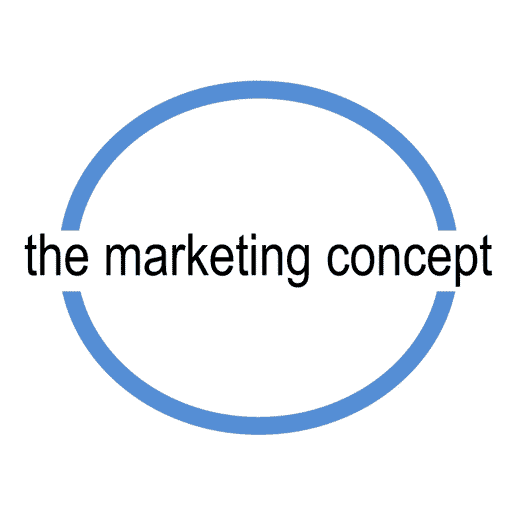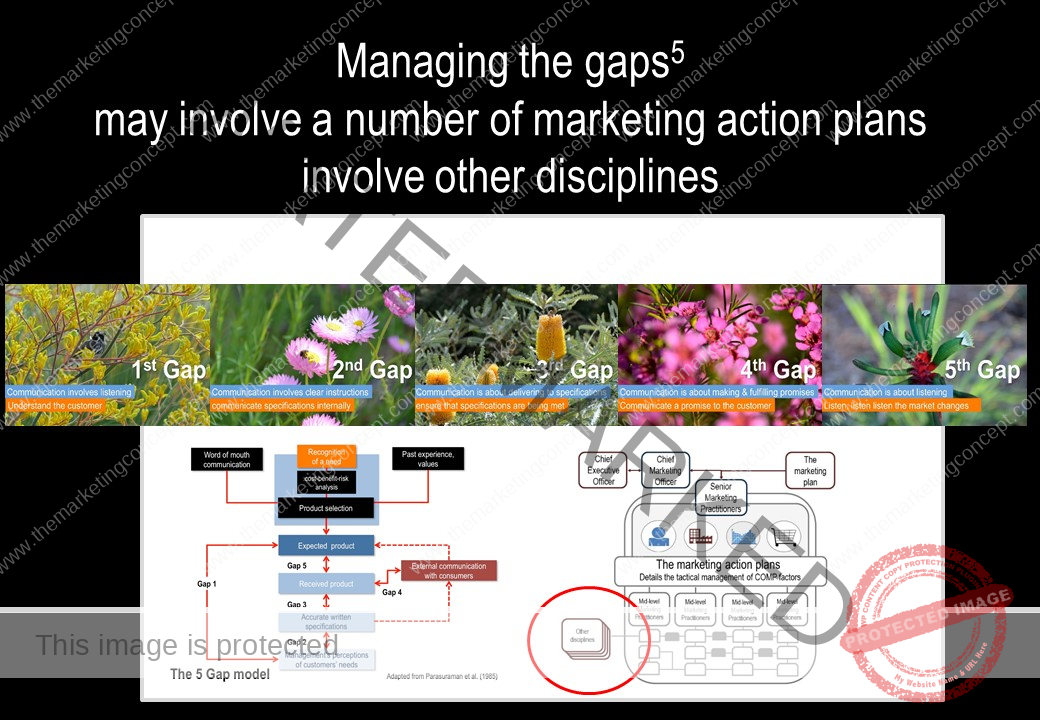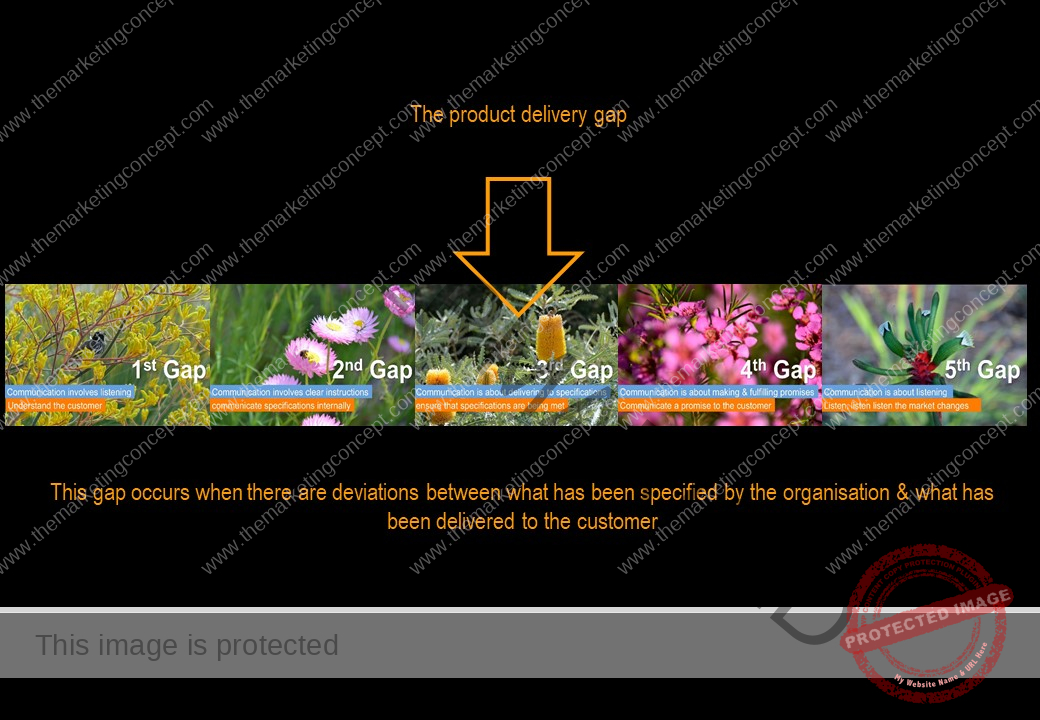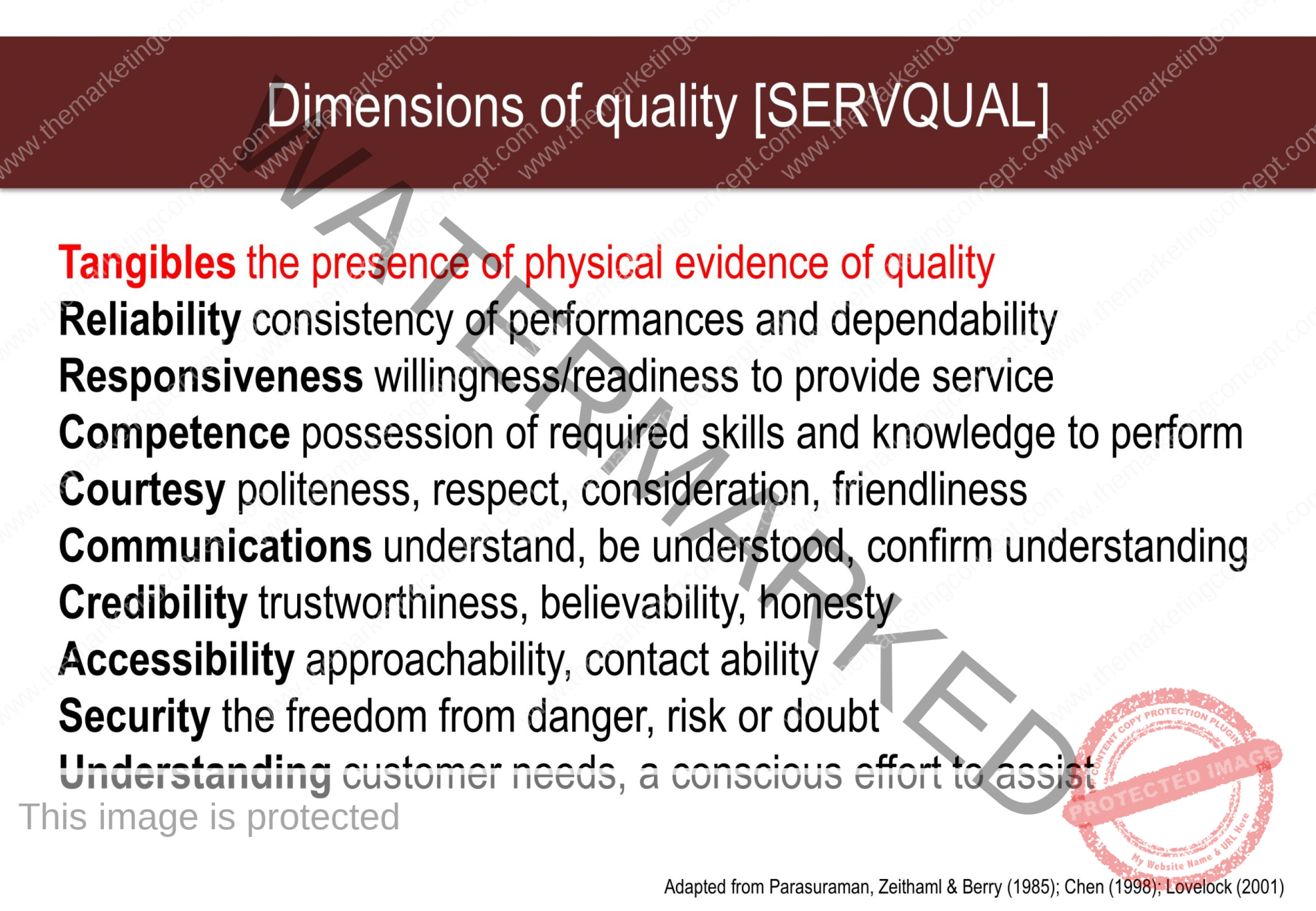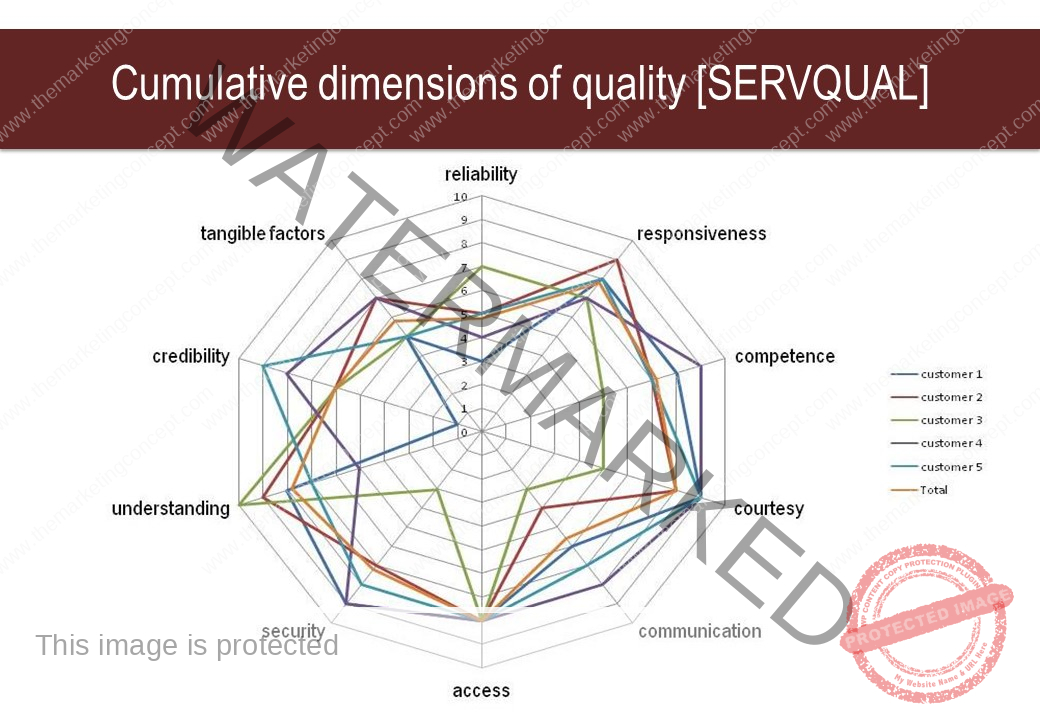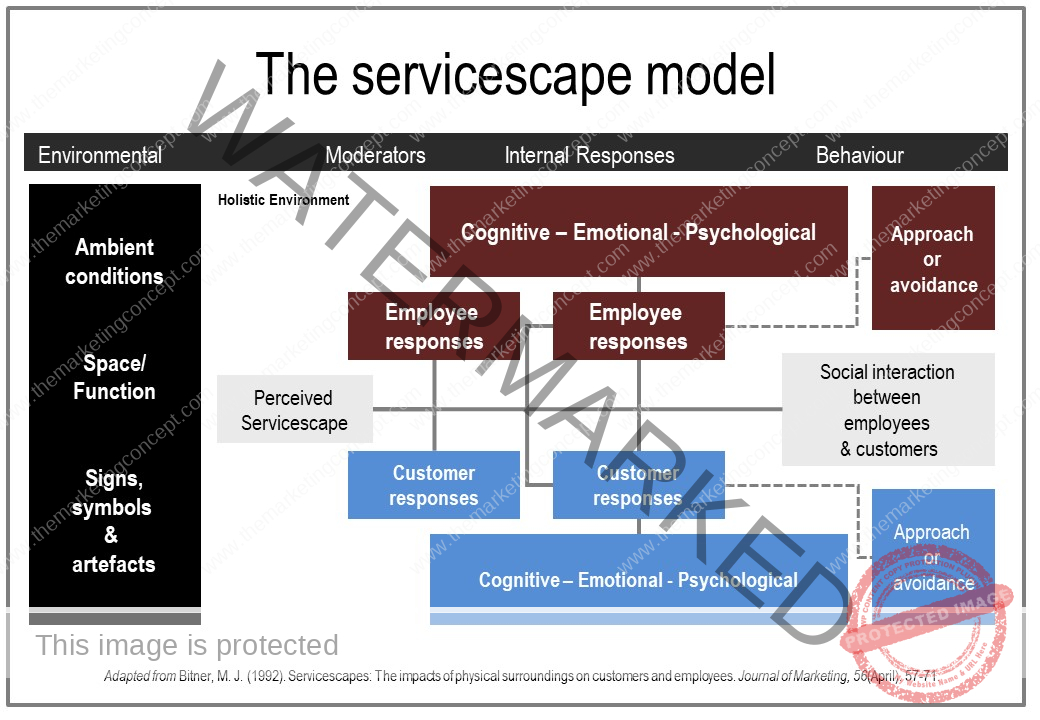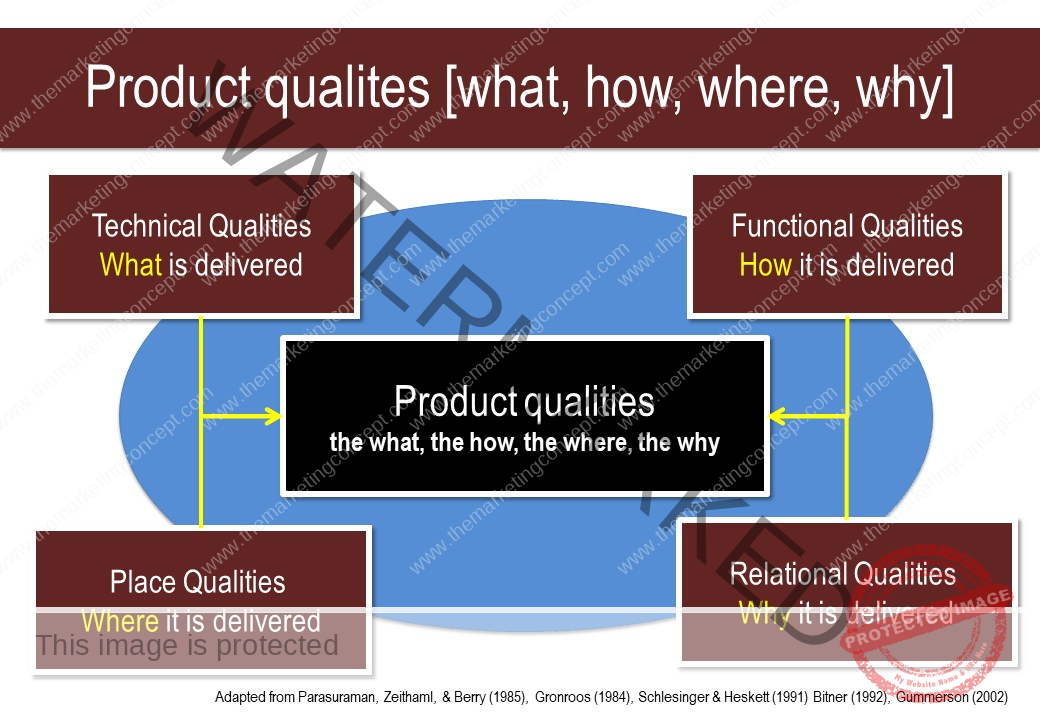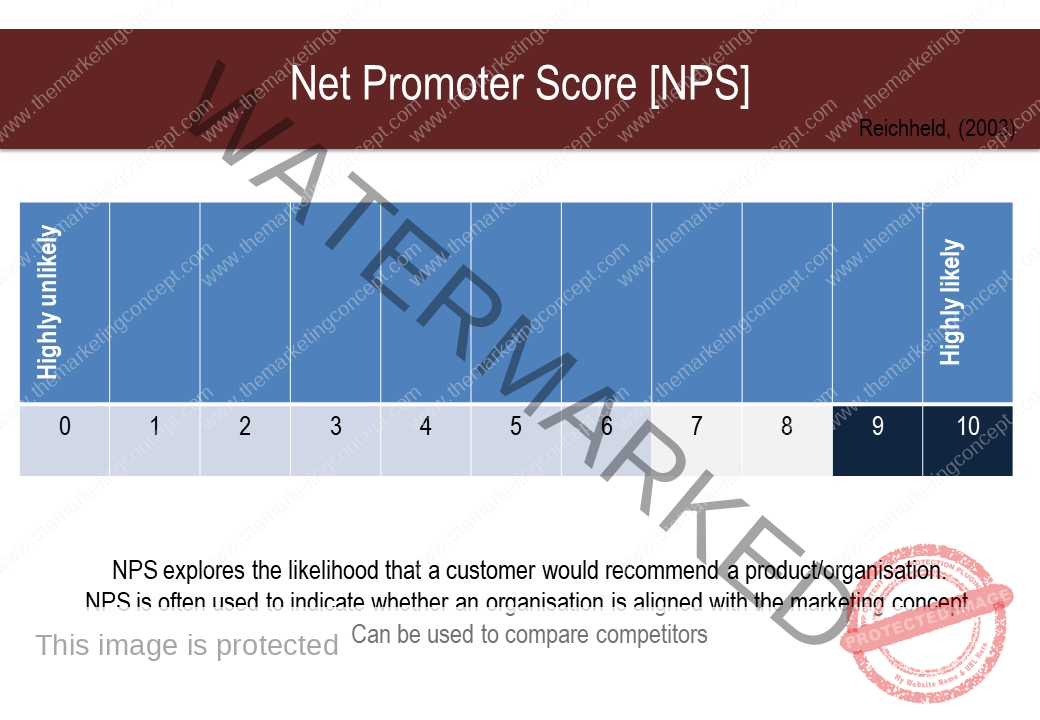Learning objectives of the chapter: After completing this chapter students should be able to demonstrate the importance of the 5-gap theory and the SERVQUAL tool for measuring and managing customer satisfaction.
The activity the quality dilemma is worth exploring prior to undertaking this chapter. The activity should give you a better understanding as to how quality and the processes that produce quality are an important and ongoing marketing action plan.
The circle of satisfaction is one of the 3 mega-marketing concepts discussed in section 2. The notion is that there are 4 types of satisfaction [episodic, cumulative, collective, and aggregate] and as satisfaction is fundamental to a competitive advantage it needs to be managed on an everyday and as needed basis.
Net promoter score
Earlier we mentioned that just as the success of a theatrical production is dependent of good reviews so does the success of a product/organisation. One interesting method of eliciting feedback is called net promoter score [NPS].
Reichheld advocates measuring the likelihood of customer recommendations through the use of Net Promoter Score (NPS). Although, Reichheld (2003) has attracted some criticism, he is recognised as a leader in this field of study and the NPS tool is widely adopted. It appears as if Reichheld had an epiphany and realised that he was measuring too many elements of customer satisfaction and could take a short-cut by simply asking the likelihood that a customer would recommend an organisation in the future [i.e., loyal behaviour]. Building on his previous work, he advocates a simple test to indicate how an organisation will fare in the future. The basic premise is that customers are asked to rate, on a scale of 0-10, the likelihood of recommending a product to someone in the future.
